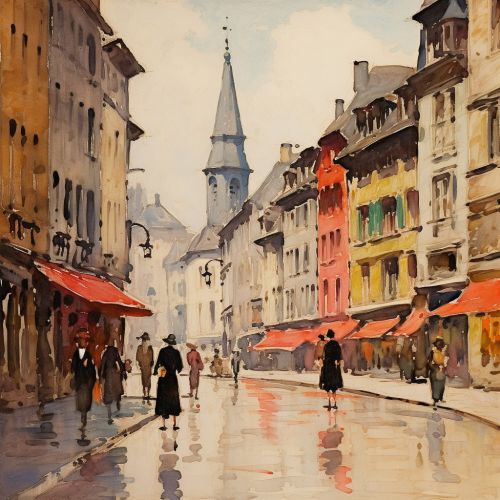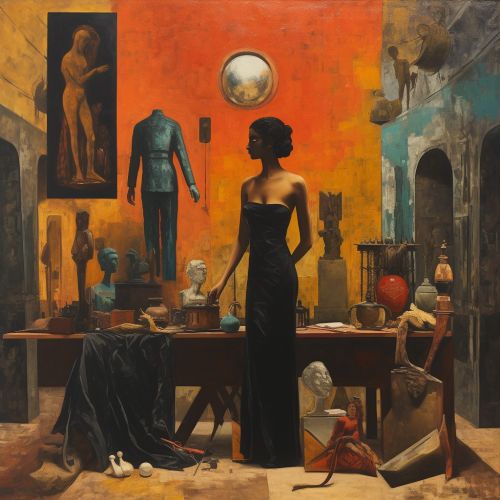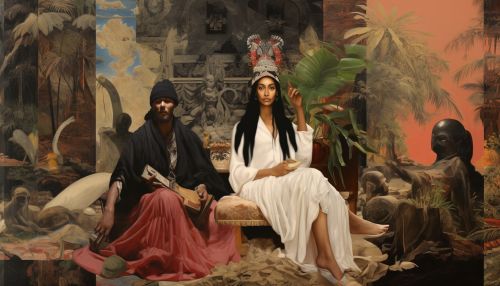Dadaism
Origins and Evolution
Dadaism, also known as Dada, emerged as a significant movement within the European avant-garde art scene during the early 20th century. The movement was born in Zurich, Switzerland, amidst the chaos of World War I, and subsequently spread to Berlin. Dadaism was a direct response to the atrocities and absurdity of war, with its artworks often characterized by a conscious irrationality and a categorical rejection of the prevailing artistic standards of the time.


The term "Dada" was coined by Richard Huelsenbeck and Tristan Tzara in 1916. The etymology of the term remains ambiguous; some argue it is a nonsensical word, while others suggest it stems from the Romanian artists Tristan Tzara and Marcel Janco's frequent use of the words "da, da," translating to "yes, yes" in Romanian.
Characteristics and Techniques
Dadaism encompassed a broad range of artistic mediums, including visual arts, literature (encompassing poetry, art manifestoes, and art theory), theatre, and graphic design. The movement channeled its anti-war sentiment through a rejection of the prevailing standards in art, producing anti-art cultural works. Dadaist works often embodied an absurdist ethos, with nonsensical humor and elaborate pranks being common features. Dadaists also sought to actively engage the audience in their works, either by incorporating them into performances or by inviting them to decipher nonsensical texts.


Dadaist artists frequently employed techniques such as collage, photomontage, and assemblage in their creations. They often deconstructed and reconstructed images and text from printed media, subsequently photographing the result. This technique facilitated the generation of novel images and concepts, often incorporating an element of surprise.
Influence and Legacy
The influence of Dadaism was extensive, permeating numerous facets of art and culture. The movement acted as a precursor to Surrealism, Pop Art, and the Fluxus movement, and its influence is still evident in the work of many contemporary artists. Dadaism also significantly influenced graphic design, particularly with its emphasis on typography and layout design.


Despite its relatively brief existence, Dadaism's impact on the art world was profound. It challenged conventional notions of what constitutes art and its potential scope, and its influence continues to resonate within the contemporary art world.
Notable Dadaists
Numerous renowned artists were associated with the Dada movement, including Marcel Duchamp, Max Ernst, Man Ray, and Hannah Höch. These artists were celebrated for their innovative techniques and their rejection of traditional artistic norms.


